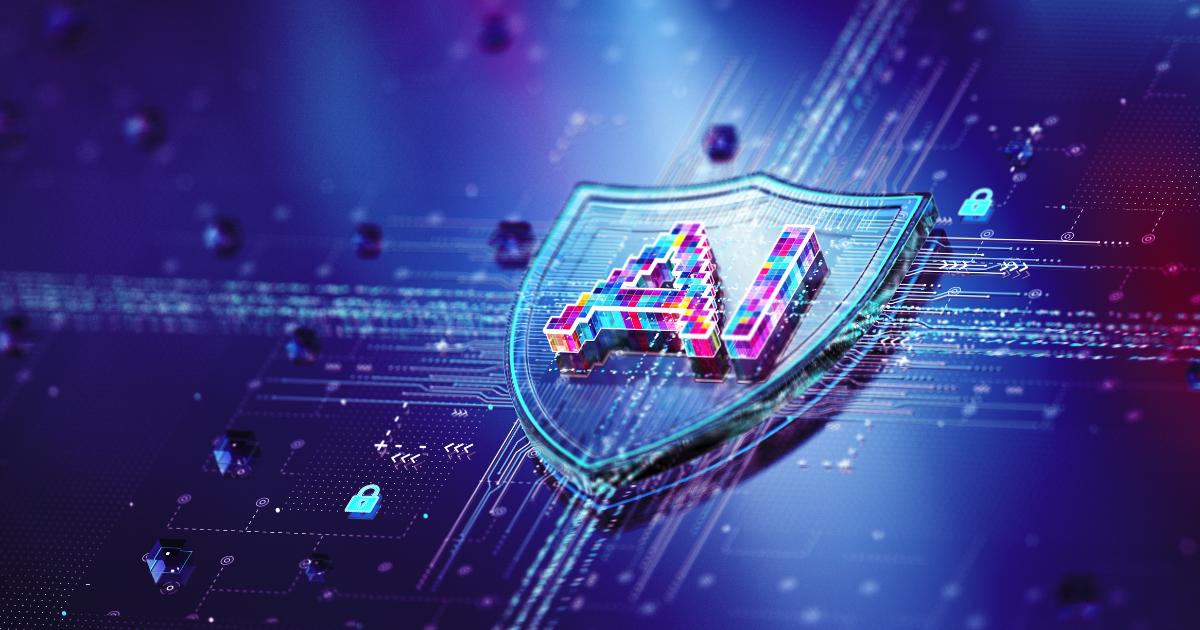Introducing Sec-Gemini: Google’s Cybersecurity Model for Enhanced SecOps Workflows in Root Cause and Threat Analysis

Google’s New Cybersecurity Model: Sec-Gemini
Google has recently rolled out a new cybersecurity model known as Sec-Gemini v1. This innovative system aims to enhance cybersecurity efforts by integrating artificial intelligence (AI) into security operations workflows. Its primary focus is on aiding root cause analysis (RCA), threat analysis, and understanding the impacts of vulnerabilities. Elie Bursztein, the Cybersecurity x AI Research Lead at Google, announced this development, emphasizing its potential to shift the balance of cybersecurity defenses.
The Challenge of Cybersecurity
In the world of cybersecurity, defenders face a significant challenge. Security teams must protect against a wide array of cyber threats, while attackers only need to exploit one vulnerability successfully. This imbalance makes it hard for defenders to secure systems effectively, leading to time-consuming and often error-prone security measures.
AI-Powered Defense Strategies
AI-driven workflows can dramatically change this dynamic by enhancing the capabilities of cybersecurity professionals. By automating and refining processes, such systems can provide security analysts with quicker insights into risks and threats tied to specific vulnerabilities. The introduction of Sec-Gemini aims to empower these defenders and improve the overall cybersecurity posture.
Key Features of Sec-Gemini v1
Advanced Reasoning and Real-time Knowledge
Sec-Gemini v1 integrates Google Gemini’s Large Language Model (LLM) capabilities with up-to-date cybersecurity knowledge and tools. This integration allows a more efficient handling of cybersecurity tasks, including:
- Incident root cause analysis
- Threat analysis
- Understanding the impact of vulnerabilities
This combination of state-of-the-art reasoning and relevant cybersecurity knowledge creates a robust foundation for effective SecOps workflows.
Data Sources Utilized
To provide accurate and timely insights, Sec-Gemini v1 relies on various reputable data sources, including:
- Google Threat Intelligence (GTI)
- Open-Source Vulnerabilities (OSV) database
- Mandiant Threat Intelligence data
For example, the system can identify known threat actors, such as Salt Typhoon, and provide detailed information about their associated vulnerabilities. It contextualizes this information by combining insights from multiple sources, thereby enhancing the understanding of potential risks.
Performance and Benchmarking
Sec-Gemini v1 has shown strong performance on critical cybersecurity benchmarks, such as:
- Cyber Threat Intelligence Multiple Choice Questions (CTI-MCQ)
- Cybersecurity Threat Intelligence-Root Cause Mapping (CTI-RCM)
These benchmarks validate its effectiveness in providing credible threat intelligence and root cause analysis, essential for agile security responses.
Integration with Existing Security Strategies
Since its inception, Google has been working to integrate the features of Gemini into its AI-enabled security programs, which include initiatives like AI-driven security with Google Cloud and Google Security Operations. Previous reports, such as The State of AI and Security Survey, highlight how AI can enhance security, improving detection and response capabilities.
Many organizations, such as NVIDIA and RedHat, have also begun incorporating AI technologies into their cybersecurity strategies. This trend aims to facilitate the rapid identification of threats and vulnerabilities through the analysis of large data sets.
Availability and Future Directions
It’s worth noting that Sec-Gemini v1 is currently in the experimental phase. Google is offering it freely to a select group of organizations, researchers, and NGOs for evaluation and research purposes. They had opened up an early access request program, which is now closed due to high demand from the community.
As cybersecurity continues to evolve, tools like Sec-Gemini represent a significant move towards leveraging AI capabilities for enhanced security measures. The continued exploration of such models may pave the way for stronger defenses against increasingly sophisticated cyber threats.






